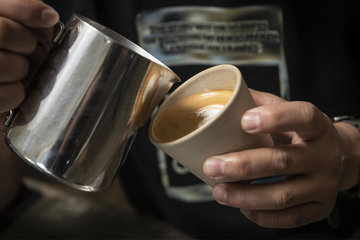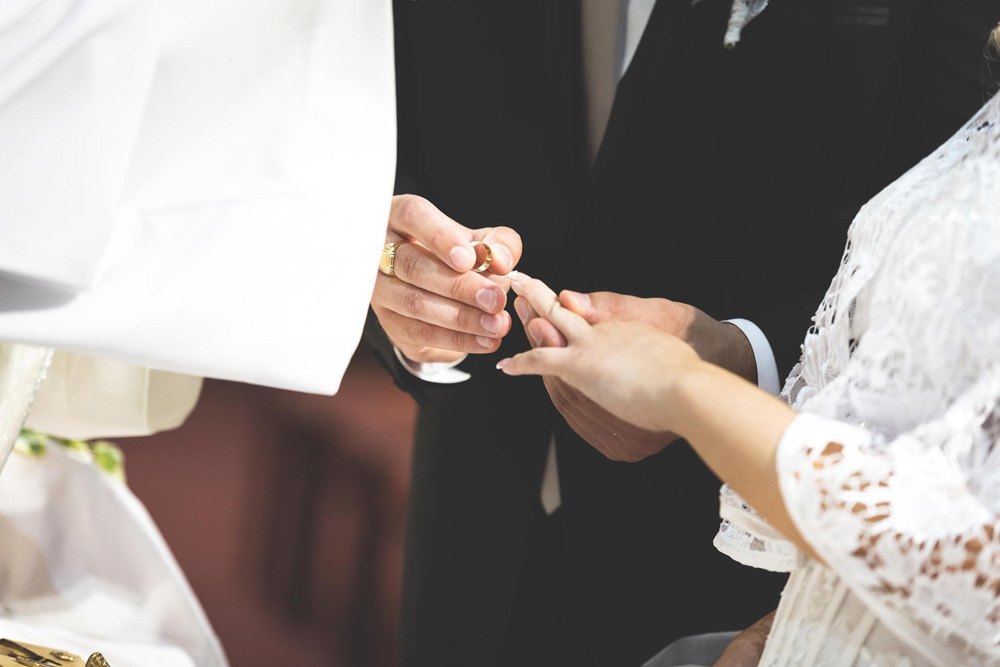
Saudi Arabian weddings are a multi-million dollar industry - from luxury décor, 10-tier cakes, and abundant feasts to fleets of supercars and extravagant dresses, each one far better than the last Saudi wedding you went to. Saudi weddings are all about the glamour from a visual perspective.
However, despite the cultural evolution of many wedding traditions, the core values of a true Saudi Arabian wedding remain. These traditions have been passed down for thousands of years and uphold the religious and social significance of marriage within the Saudi Arabian culture.
AboutHer.com explains the important traditions that are central to all Saudi Arabian weddings.
The Proposal
According to conventions, it is the male’s family that will seek his bride when he is ready to be married. In modern Arab societies, the prospective bride and groom may know each other beforehand or may even privately agree to marry before their parents are invited to participate in the process.
Traditionally, the groom asks the bride’s father or the eldest male in her family for her hand in marriage. When the father or eldest male guardian agrees, the families read the Surat Al-Fatiha, the first chapter of the Qur’an. (The chapter’s seven verses are a prayer for Allah’s guidance).
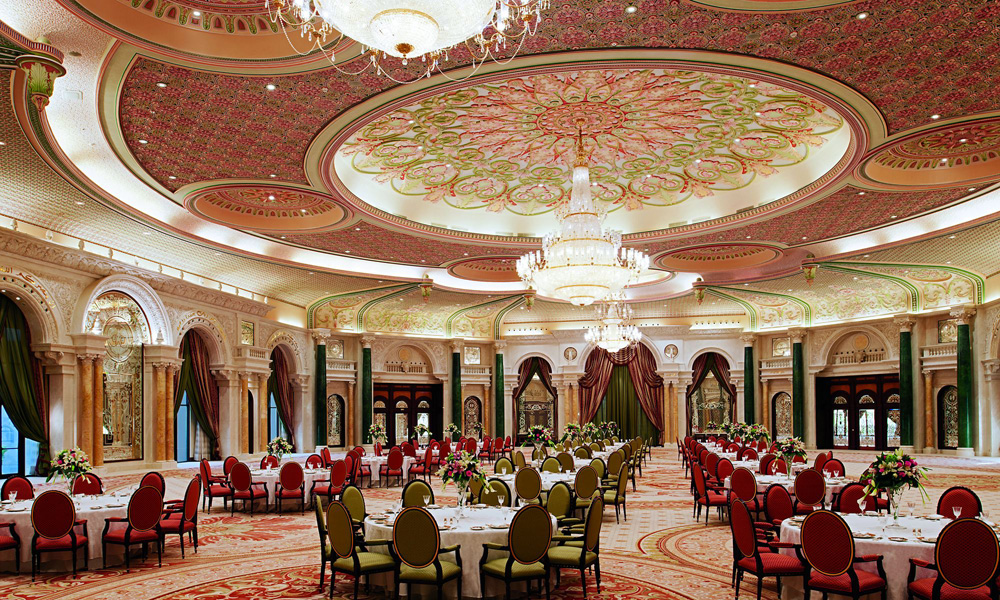
The Viewing (Shawfa)
Following the proposal in which a senior female member of the groom’s family, informs the prospective bride’s mother of his intentions to marry her daughter and should both families agree to the match, the bride is formally invited to unveil in the presence of her future husband.
Dowry (Mahar)
The amount of the dowry and other terms are negotiated between the groom and father of the bride.
The “katb el-kitab,” or marriage contract/registration, is the official marriage ceremony and also takes place at the time of the dowry agreement. The imam gives a short speech on how husbands and wives should honor each other and the religious implications of marriage. The legal documents are filled out, signed, and witnessed, marking the official marriage of the couple. This event is traditionally held in the home of the bride or groom, but it may also be held in a mosque, or a courthouse.
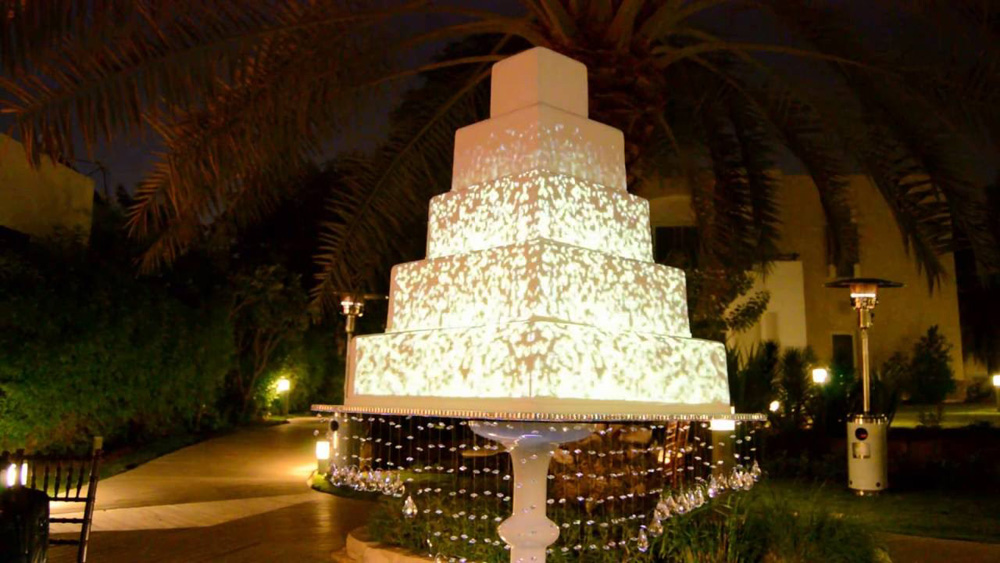
Meeting of the Families (Shabka)
The shabka is a celebration for both families which is traditionally hosted by the bride’s family on the same day as the Milkah, at which time the groom will present the dowry and engagement ring to the bride, along with other gifts of jewellery. The dowry is based on the financial status of the groom and it is paid in the form of cash.
The betrothed then exchange rings, each placing a ring onto the index finger of the other’s right hand.
Makhtubayn (Betrothal)
For this event, the families of both the bride and groom come together to decide the date of the wedding events. The objective of this meeting is to fix and announce the dates of each event in a formal manner.

Ghumra (Henna Party)
This is a traditional henna party for the bride and all of the women her family along with her friends. This age old tradition was usually a small event observed only by close family and friends, however, nowadays this event is an extravagant affair akin to a bachelorette party, with beautifully decorated venues, music, and stunning outfits.
The event often occurs the night before the wedding and the bride’s female relatives and friends join her in a party of food, music (played by female musicians), and dancing.
The bride and her guests have their palms and feet decorated with henna by a female henna artist and the groom also has a party in which the groom’s face is shaven by a close male friend or family member. His male relatives and friends dance to traditional music before he visits the bride, where he presents the mahr to the bride.
Whether the henna night is traditional or modern, the bride dresses in the “itthyab,” a traditional elaborately embroidered gown, while the groom wears a traditional thobe.
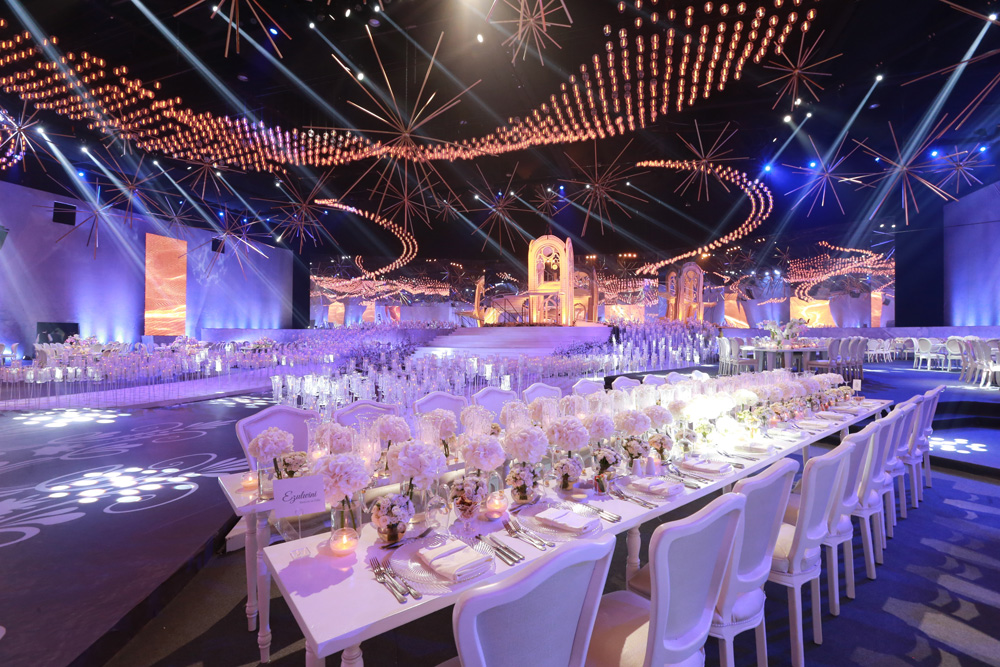
Hiflat-Al-Zaffaf (Wedding Day and Reception)
The wedding day is celebrated in two separate events for the bride and groom. The men’s party will consist of the traditional sword dances and drumming providing the wedding guests with entertainment prior to joining the bride’s party. An abundant feast is also presented to guests at the wedding, which also conveys the wealth of the families.
The wedding procession is comprised of musicians, dancers, wedding attendants, and the bride and groom. The wedding announcement is made and is regarded one of the most dramatic fundamentals of the Saudi Arabian wedding tradition.
The bride and groom then take their seats in front of their guests, akin to that of a King and Queen; as soon as they are seated, a sherbet is served to all guests and they toast to the health of the couple.
The newlyweds then switch their engagement rings from their right index fingers to their left ring fingers, to signify that they are now married.
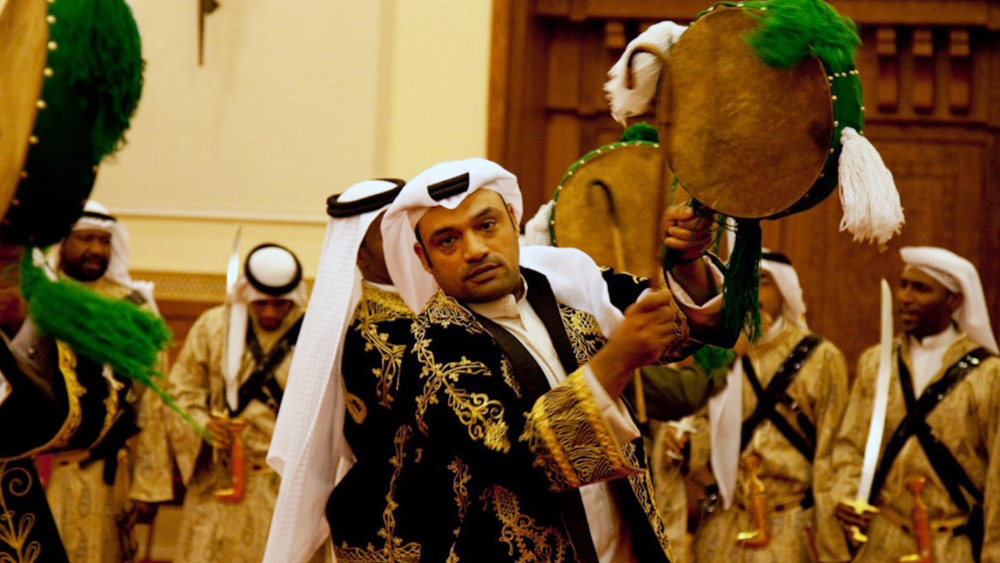
Following the switching of the rings, the festivities officially begin. In modern societies, the bride and groom have a first dance, then guests join in, where men and women dance in separate areas of the reception hall.
It is also at this event that the bride and groom are gifted money by all their relatives to assist them in their future.
A honeymoon for the married couple then follows.

